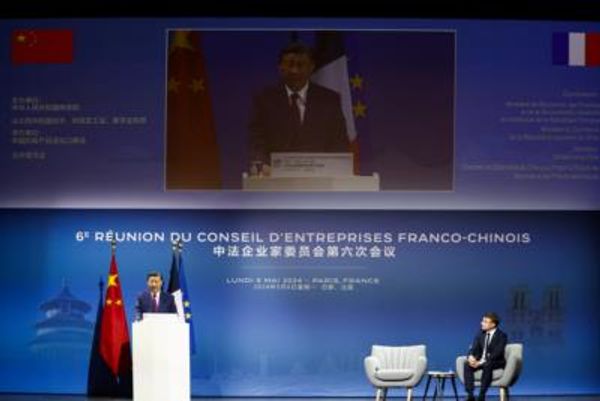
In the lead-up to the expected referendum on whether to create an Indigenous Voice to Parliament, most polling has found that support for a Yes vote is falling, leading to increasing doubt about whether the referendum will pass.
In 2017, after the polling failures for Donald Trump’s election chances and Brexit, there were also concerns that the No case might succeed in the same-sex marriage postal survey. However, the polling histories of the Voice and the postal survey are completely different.
Polls on the Voice use various methods to deal with voters still unsure about how they will vote. Some (including Essential) force respondents to choose yes or no to continue. Most are using online panel polling in which the respondent receives an incentive (usually points that can be built up over many surveys, then redeemed for money or vouchers). So even if respondents have no opinion, they are very likely to pick an option in order to continue.
Newspoll gives respondents who are initially undecided a second chance to say which side they are leaning to, but then accepts an undecided response. Resolve Strategic records undecided responses at the first pass but forces the undecided respondent to choose yes or no at the second.
To compare between forced-choice polls with no undecided responses permitted and those where the undecided vote can be as high as 30%, I convert all results to a two-answer basis (the share of Yes responses as a proportion of combined Yes and No responses). On this basis the average Yes vote was about 65% in July 2022 and has fallen about 1% a month to about 54% now. The decline appears to have been faster since the start of 2023, and this week Resolve released a forced-choice result with Yes at 49%. Essential still had Yes at 60%.
While pollsters have reached consensus that the actual referendum question should be included in the poll, there is still a lot of variation in the surrounding wording, and that will account for some of the differences between results.
In contrast, polling in the lead-up to the postal survey was relatively stable. The few polls between the July 2016 reelection of the Turnbull government and the August 2017 announcement of the postal survey had average support for same-sex marriage about 68% on a two-answer basis. Support for a yes vote on the postal survey was about 65% after the announcement of the survey and stayed around that level throughout the campaign. (The final yes vote was 61.6%.)
On average the final polls by each active pollster in 2017 underestimated the no vote in the end. Final polls were most accurate if they were based on surveying people who had already returned their surveys. Also, lead-up polls by pollsters who polled the issue frequently (Newspoll and Essential) were more accurate than the once-off pollsters. Only one final poll overestimated no, and that by a trivial amount. Underestimating the no vote is common with referendum-type polling globally and was also seen in the 1999 Republic referendum (where No had taken the polling lead before the vote, but won by more than expected.)
There are at least four likely reasons for the difference between the mostly stable trajectory of the postal survey polling and the decline seen in the Voice Yes vote. First, the marriage equality survey result did not affect the constitution. If Parliament legalised same-sex marriage and this proved somehow to be a disaster, Parliament could later reverse its decision. In the Voice case, opponents have been able to float less binding “alternatives” (such as a legislated Voice and/or symbolic constitutional recognition).
Second, the Coalition had an open position on the marriage equality vote, with then-prime minister Malcolm Turnbull openly supporting a Yes vote, whereas in this case the Coalition is opposing the current Voice proposal.
Third, it was easy to keep motivation high in the 2017 Yes campaign because the effect of a yes vote was clear: although some MPs still voted against it, the Parliament as a whole had no choice but to legislate. In contrast, while a Yes vote on the Voice referendum will create the Voice, this does not guarantee its ideas will be adopted.
Fourth, and perhaps most importantly, by 2017 same-sex marriage had been a high-profile issue since 2011 and the debate about it had been done to death, with a strong sense that politicians were lagging behind voter sentiment. In contrast, the Voice is a novel proposal for voters who do not follow the politics of reconciliation closely, and has become a subject of high-profile and detailed debate only in the past year.







